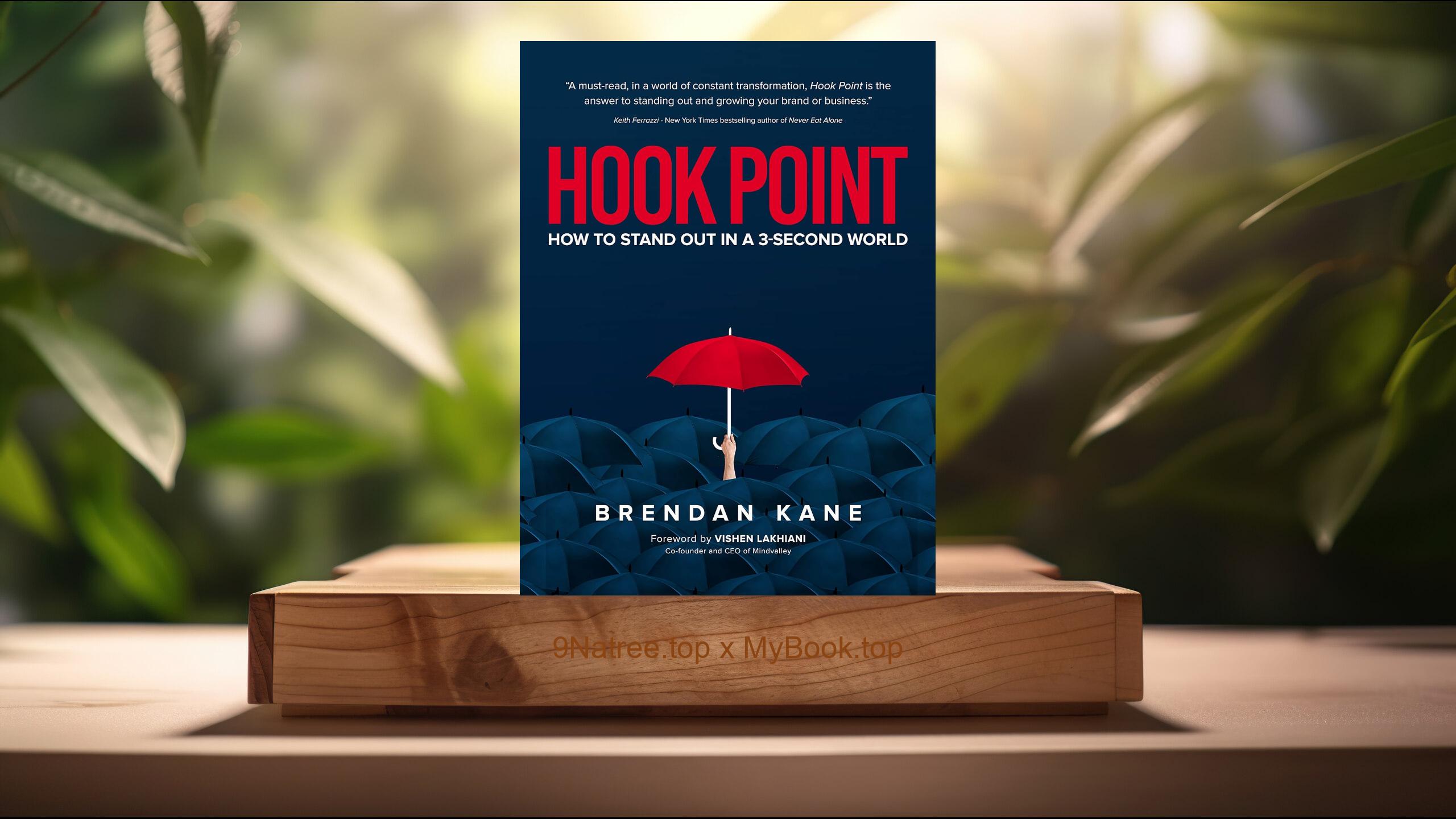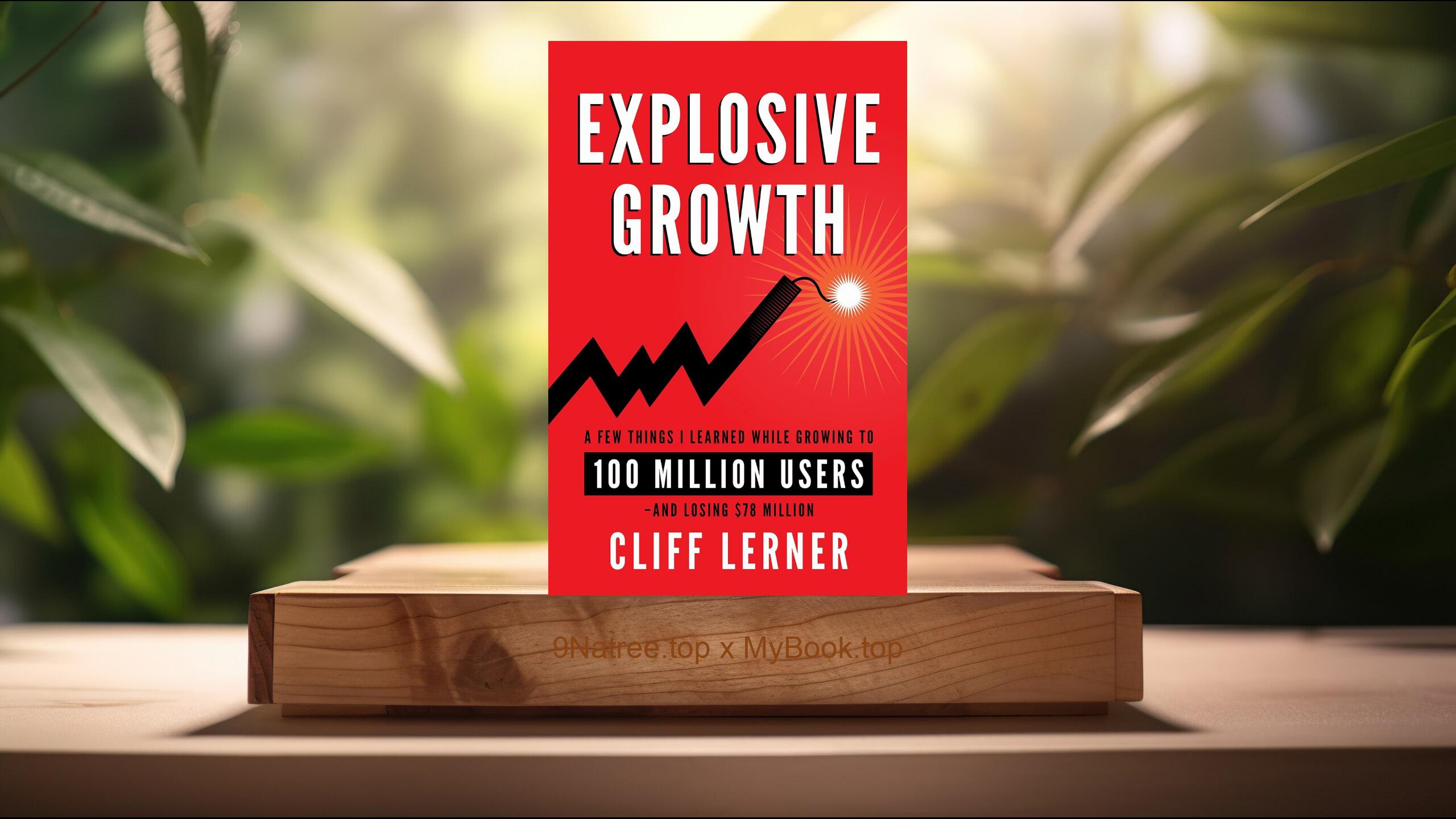Show Notes
- Amazon US Store: https://www.amazon.com/dp/B00XIYGCDO?tag=9natree-20
- Amazon Worldwide Store: https://global.buys.trade/Originals-How-Non-Conformists-Move-the-World-Adam-Grant.html
- Apple Books: https://books.apple.com/us/audiobook/originals-how-non-conformists-move-the-world-unabridged/id1416885530?itsct=books_box_link&itscg=30200&ls=1&at=1001l3bAw&ct=9natree
- eBay: https://www.ebay.com/sch/i.html?_nkw=Originals+How+Non+Conformists+Move+the+World+Adam+Grant+&mkcid=1&mkrid=711-53200-19255-0&siteid=0&campid=5339060787&customid=9natree&toolid=10001&mkevt=1
- Read more: https://mybook.top/read/B00XIYGCDO/
#innovation #creativity #nonconformity #leadership #changemakers #originalthinking #AdamGrant #Originals
These are takeaways from this book.
Firstly, The Myth of the Original Genius, Adam Grant dispels the common myth that originality is the domain of the young genius working in isolation. Through meticulous research and captivating stories, 'Originals' demonstrates that breakthrough ideas often come from the least expected places and individuals. Grant shows how original thinkers are frequently late bloomers who improve their domains through a combination of diverse experiences and perspectives. This chapter enlightens readers about the importance of collaboration, persistent effort, and a blend of experiences in fostering originality, challenging the stereotype of the young, lone genius.
Secondly, Creating and Fostering Original Ideas, In this section, Grant delves into the processes that enable individuals to come up with groundbreaking ideas. He emphasizes that originality is not a magical talent but a skill that can be cultivated. Techniques such as questioning the status quo, seeking out new experiences, and engaging with a diverse range of perspectives are crucial. Grant also highlights the importance of a supportive environment that encourages risk-taking and tolerates failure. Through engaging anecdotes and real-life examples, readers learn how individuals and organizations alike can foster a culture that embraces innovation and nurtures original ideas.
Thirdly, The Fear of Speaking Up, A significant barrier to originality, as Grant discusses, is the fear of voicing unconventional ideas. He analyzes the psychological and social factors that discourage people from speaking up and offers strategies for overcoming these fears. By examining case studies of individuals who have successfully challenged norms and voiced dissent, Grant provides a roadmap for navigating the complex dynamics of social approval and rejection. This topic is vital for understanding how to cultivate an environment where original ideas are not just tolerated but celebrated.
Fourthly, The Role of Timing in Success, Grant explores the crucial aspect of timing in the success of original ideas. He argues that being first isn't always best and that 'idea selection' and 'market timing' are pivotal to the impact of an innovation. Through analysis of various case studies, including businesses that succeeded or failed due to their timing, Grant offers insights into how to strategically introduce new ideas. This section is illuminating for readers interested in understanding when to act on their convictions and how to gauge the ripeness of the market for novel ideas.
Lastly, Leadership and Originality, Lastly, Grant investigates the relationship between leadership and fostering originality within teams and organizations. He identifies key traits of leaders who encourage innovation and how they manage risk, dissent, and failure within their teams. This exploration includes practical advice for leaders on promoting a culture of originality and how to balance between pushing for innovative ideas and managing practical constraints. The insights provided here are particularly useful for those in leadership positions aiming to cultivate creativity and originality in their teams.
![[Review] Originals: How Non-Conformists Move the World (Adam Grant) Summarized](https://episodes.castos.com/660078c6833215-59505987/images/1834983/c1a-085k3-jp4m7k9gtk4p-g9urj0.jpg)




